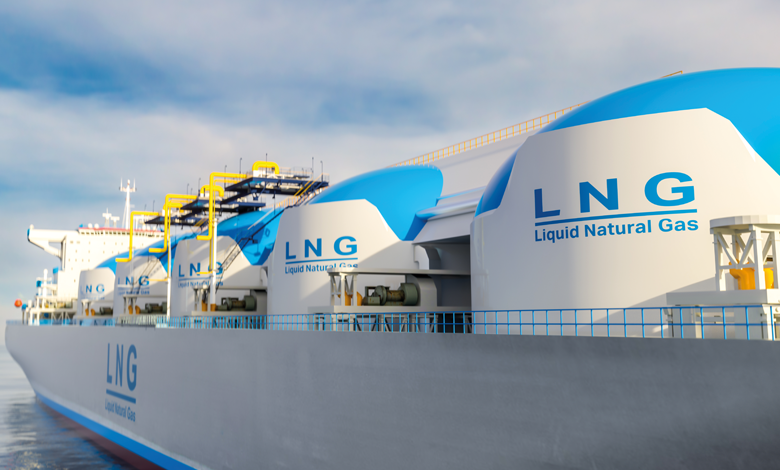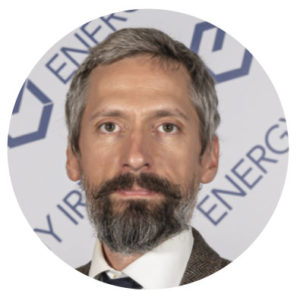European gas market trends and outlook

Demand destruction and fuel switching means the accelerated phase-out of Russian gas does not necessarily entail higher gas imports over the medium term, explains Jean-Baptiste Dubreuil, senior analyst at the International Energy Agency (IEA).
 Dubreuil believes that the advancement of the European gas market crisis into a global crisis is underpinned by dual causes. The first is that gas has now become a major component in electricity supply. The second is the globalisation of liquified natural gas, meaning that most importers are now consuming from the same pool. Therefore, what happens in Europe has much wider consequences.
Dubreuil believes that the advancement of the European gas market crisis into a global crisis is underpinned by dual causes. The first is that gas has now become a major component in electricity supply. The second is the globalisation of liquified natural gas, meaning that most importers are now consuming from the same pool. Therefore, what happens in Europe has much wider consequences.
Gas prices in Europe are now historically high. In August 2022, there was a 100-fold increase on the lowest prices during the pandemic just over two years before. A better contextual measure is a 10-fold increase since the beginning of summer 2021.
As Dubreuil explains, this price crisis goes beyond Europe. Although lower, Asian prices have been tracking behind Europe. Where previously Asia’s lack of alternative supply to LNG made it a premium-paying market, it is now Europe paying the premium price to get LNG to its market and consumers. Similarly, despite the US being largely self-sufficient and actually exporting natural gas throughout the world, prices have doubled in the past 15 months.
Dubreuil explains that the physical impact of these trends is not only rising energy bills for consumers but also on consumption itself, describing evidence of “fuel switching and demand destruction” at play in different markets throughout the world.
“Demand is switching,” he explains, “Natural gas was heralded as an enabler of change and a move away from carbon intensive sources of energy but our calculations show stark increases in oil burning and coal generation for this coming winter. Tight gas supply and high prices have triggered fuel switching and demand destruction across all major gas-importing markets.”
Transitioning away from Russian supply, in eight months of 2022, Europe’s LNG imports rose by 65 per cent, triggering a wholesale realignment of LNG trade flows around the world. Global LNG supply rose by around 6 per cent this year but the strong increase in European purchase of LNG has come at a cost to other markets, particularly Asian buyers and specifically Chinese buyers.
One example of the impact of an increase of global demand on a finite pool of LNG supply can be observed in that Japan has announced it is to restore 17 nuclear reactors to operation.
Dubreuil explains that while large demand will see a tightness in the LNG market this winter, the longer-term impact of that tightness is a fall in demand. “The reconfiguration of global LNG trade flows means that Asia Pacific demand increase will be capped by tensions on access to supply,” he says. Meanwhile, European gas consumption is projected to plunge below its 2020 (Covid-19) demand.
“Current market tensions and medium-term uncertainty result in a 60 per cent cut in our projected of average growth in gas demand to 2024, compared to our previous outlook,” he adds.
Reopening of economies post-Covid 19 lockdowns saw a 4.5 per cent increase in gas demand consumption globally. However, in 2022, a contraction of around 1 per cent is taking place, mostly in Europe. Price is a major factor but so too are temperature-related challenges.
“Tight gas supply and high prices have triggered fuel switching and demand destruction across all major gas-importing markets.”
Dubreuil explains that global LNG trade is expected to grow at an average annual rate of 4 per cent to 2025, led by European demand and North American supply. At the same time, global natural gas demand grows at an average of 0.8 per cent per year through 2025, a marked slowdown on previous forecasts.
Highlighting that growth of production of natural gas is largely limited to North America and the Middle East, combined with the tight LNG market, he says that economies face not only a challenge in procuring energy this winter and beyond but also around being on track to ensure consistency with their decarbonisation targets.
Beyond the challenges of this coming winter, Dubreuil believes the European Union and its member states have taken strong steps towards independence from fossil fuels, particularly those of Russia.
Pointing to diversification of supply, the development of domestically grown gas sources such as biomethane and hydrogen, and demand-side aspects such as higher energy efficiency and enhanced levels of renewables, he says: “We estimate that by 2025, if those measures are implemented, we are on the way to completely get rid of Russian gas dependence or equivalent by 2027.
“Facts may prove us wrong in that it is not only a demand question but also a supply question, and that supply may run out before 2027, but the EU and its members have acted strongly to make sure the market is more resilient, diversified and still on its way to total decarbonisation to 2050.”





